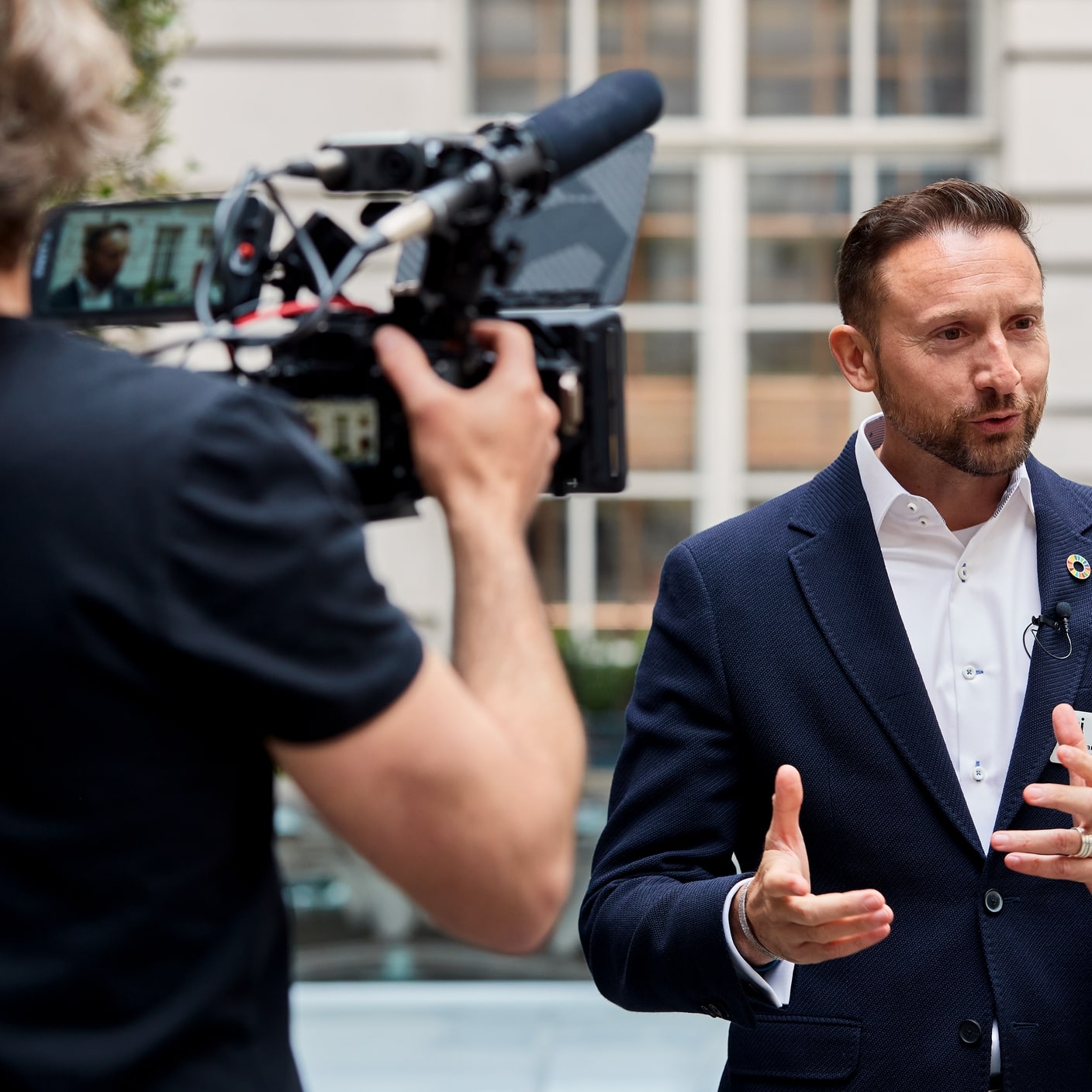We all love going to movies, watching television, and live events. However, with this captivating experience comes a significant toll on the environment including social issues. But do you ever think about how these events are managed sustainably and if your efforts are supported to achieve this? For Gen Z, 82 percent are concerned about the state of the planet.
According to Business News Daily, 75 percent of millennials say that they consider sustainability when making a purchase. Carnegie Mellon University recently reported that a typical blockbuster film, with a $70 million budget, produces an average of 3,370 tons of Co2 per production and requires a huge amount of plywood, equivalent to filling a staggering 2.5 cargo planes. One-hour scripted dramas had 77 metric tons of Co2 emissions per episode.
Film and TV production sets have major battles when it comes to water usage, waste, travel, and energy efficiency. It’s imperative to have programs and resources in place to aid companies in becoming sustainable. One resource that highlights change is The United Nations Sustainable Development Goals (SDGs) and these goals are targeted to achieve a better and more sustainable future, including lessening global warming. When it comes to global warming, 62 percent of people understand that global warming is mostly caused by humans.
The opposite of risk is reward. It’s vital to promote brand perception, and what follows is trust. An organization’s commitment to social impact can radically influence an event. Sustainability isn't just about energy. It’s also about waste, venue energy consumption, water reduction, travel, food waste, and more. And there are many benefits to having sustainable events.
Benefits of sustainable events
• Fosters a holistic approach to sustainability, considering economic, environmental, and social impacts.
• Strengthens organizational reputation and brand value.
• Achieves best practice levels of efficiency and performance.
• Defines roles and responsibilities for staff, contractors, and suppliers.
• Cuts costs through better energy and waste management.
Sustainability is not a trend, but a crucial responsibility the entertainment industry must bear. The film and TV industry can promote positive change globally. The United Nations 2030 agenda allows companies support to meet goals for sustainability. It’s a plan of action for people, the planet, and prosperity. Having the proper framework can allow your events to become sustainable.
This standard can help promote your events to new heights of success and responsibility. An Event Sustainability Management System (ISO 20121) can support your company to minimize environmental and economic impacts, enhance performance, and secure unwavering support from stakeholders embracing aspects of environmental, social, and financial impacts. These are essential benefits for the film and TV sector, considering geographical, cultural, and social factors.
If you have yet to join the sustainable community, there's no better time than now. Businesses, no matter the size, can deliver world-class events regardless of potential budget or time restrictions. As a responsible consumer and company, you can make a difference by choosing sustainable products and helping companies that prioritize sustainability.
Lights. Camera. Take Action.
Follow along for the next blog in the series, "The future is now: Creating our sustainable planet together".






